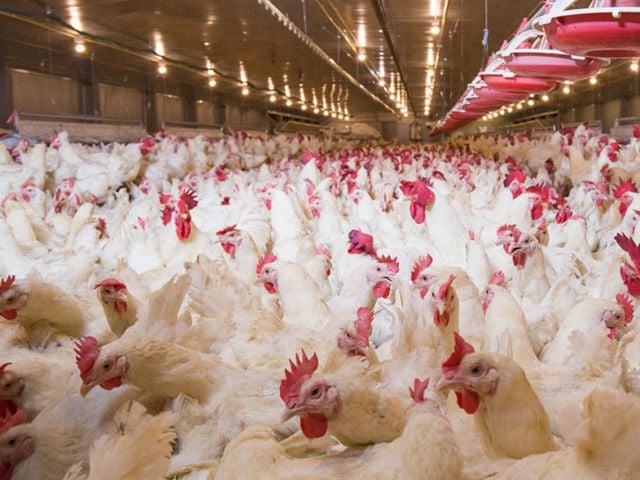WASHINGTON – Most farmers collect more money in crop insurance payouts than they pay in premiums on their federal policies over time, making the term “insurance” a misnomer, according to a new report from EWG.
The report, titled Crop Insurance: A Lottery That’s a Sure Bet, found that farmers, as a whole, saw an annual return of 120 percent on their crop insurance between 2000 and 2014, meaning that they got back $2.20 in claims for each dollar they paid in premiums. In contrast, even risky private-sector investments yield expected returns of around 15 to 25 percent. While growers are not guaranteed a profit on the insurance, in aggregate they have enjoyed positive rates of return every year ranging from 29 percent ($1.29 for every dollar of premium in 2007) to 324 percent ($4.24 for every dollar of premium) in the 2012 drought year.
“The federal crop insurance program is not something the average person or small business owner would recognize as insurance,” said Bruce A. Babcock, professor of economics at Iowa State University and author of the report. “The taxpayer-funded subsidies to lower the cost of premiums have grown so large and the payouts so generous that the program now acts as yet another income support program for farmers, rather than as a risk management tool.”
All farmers do not have positive returns every year; their location and the type of crops they grow determine whether they end up with a positive or negative rate of return. However, the odds of a positive return are in all growers’ favor because premiums are over-subsidized, regardless of location or crop.
Babcock writes: “Not one of the Corn Belt states has a rate of return greater than 100 percent. But in the Great Plains, only North Dakota soybeans have had a rate of return of less than 100 percent since 2000. Cotton in Oklahoma and Texas has rates of return greater than 200 percent. In the South, only North Carolina cotton and soybeans have rates of return of less than 100 percent, while Arkansas corn and wheat and North Carolina wheat have rates of returns greater than 200 percent.”
Taxpayers cover about 60 percent of crop insurance premiums for farmers, pay for the costs of administering the program and also shell out a large share of the payouts for claims. Because growers have so little skin in the game, the “loss” that triggers a payout often exceeds the amount they paid out of pocket in premiums.
“Too often, these heavily subsidized policies encourage farmers to take risks they normally may not – like planting on marginal or environmentally sensitive land – because a payout is virtually guaranteed,” said Colin O’Neil, EWG’s agriculture policy director. “It’s in the best interest of taxpayers and the environment for Congress to reform the federal crop insurance program into one that’s a fiscally and environmentally responsible farm safety net.”


